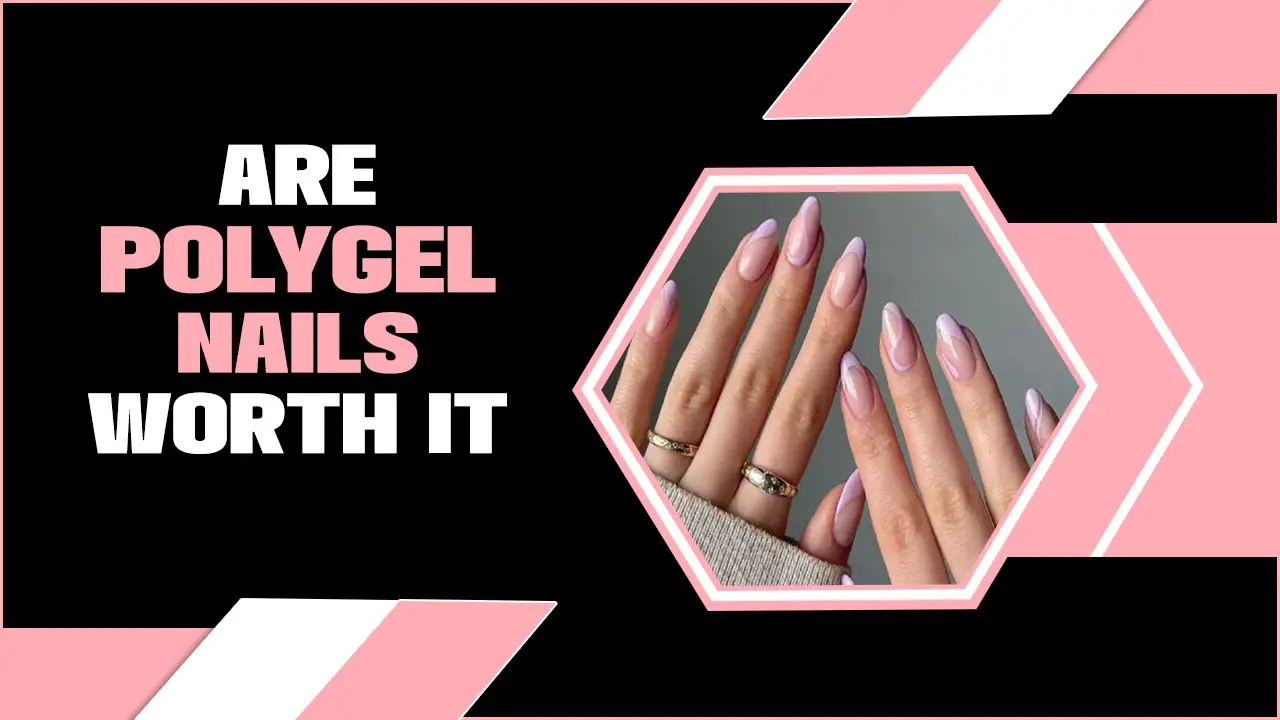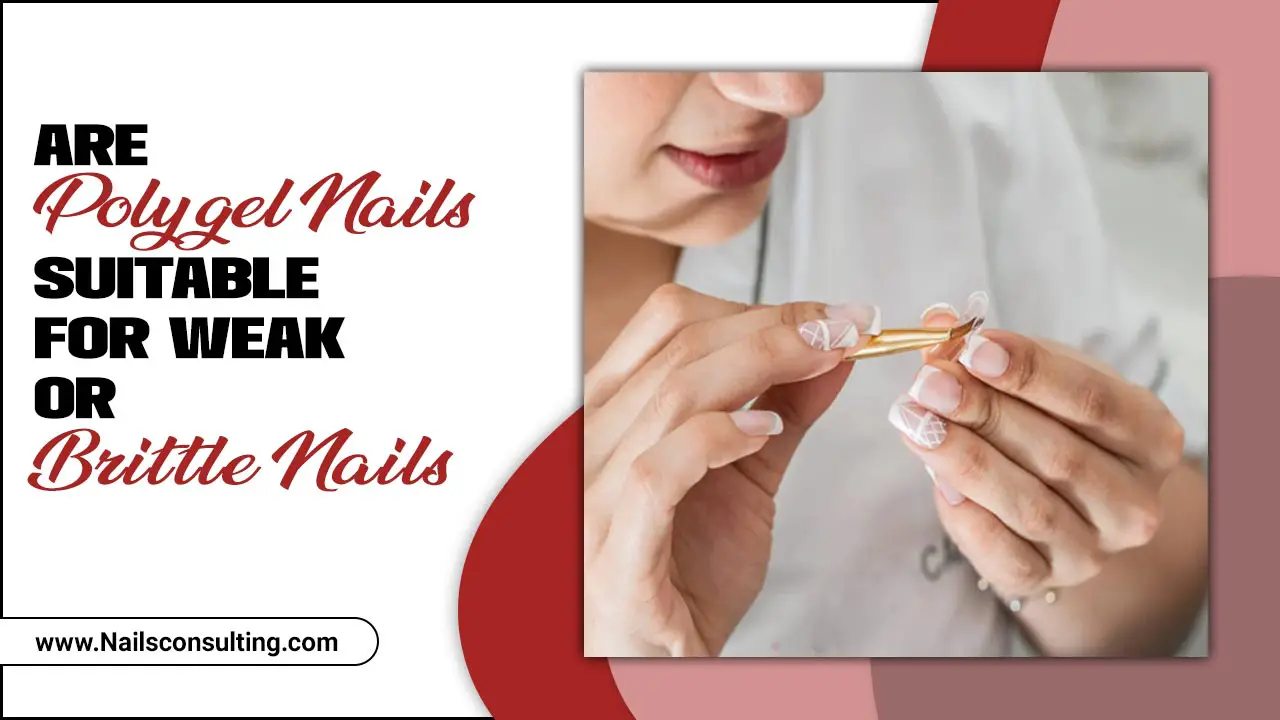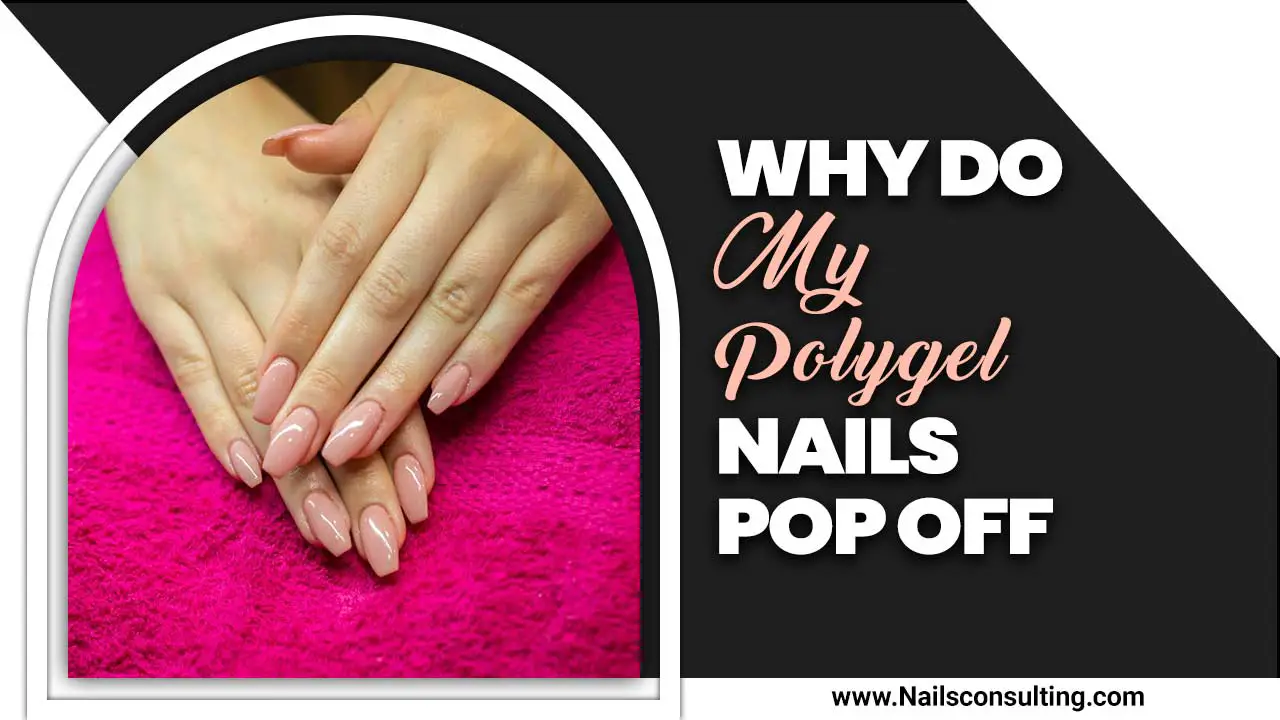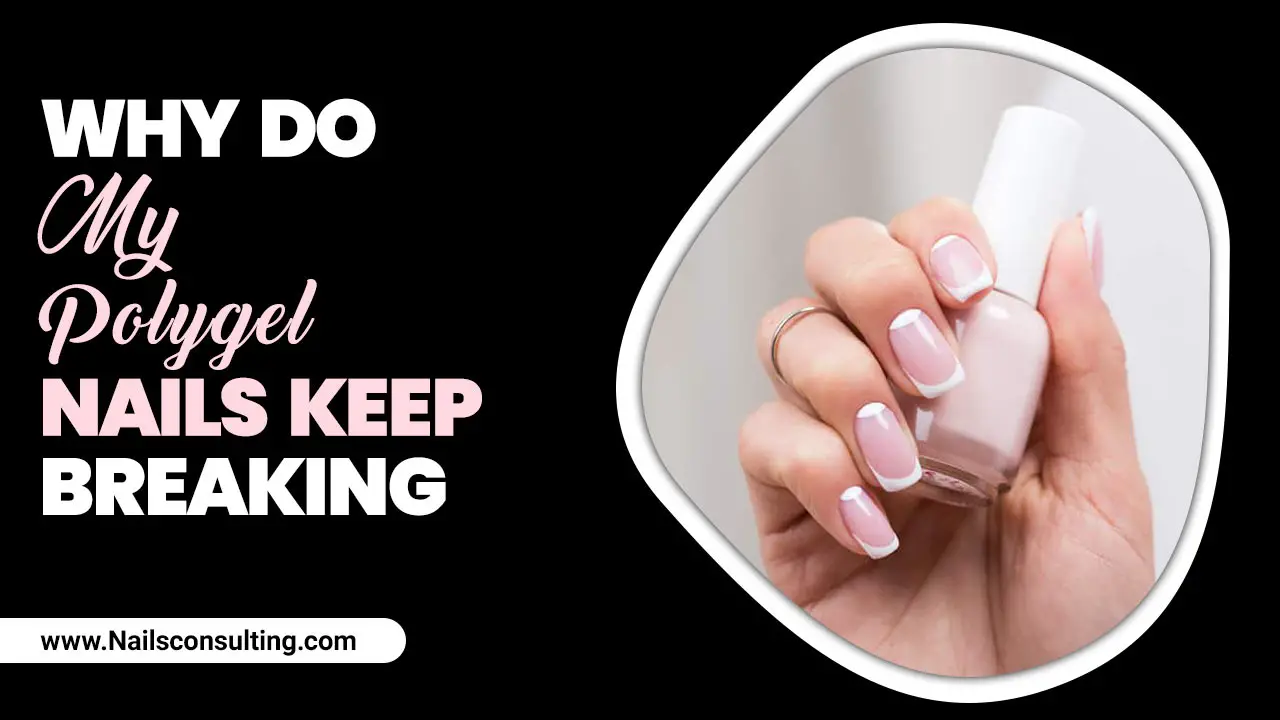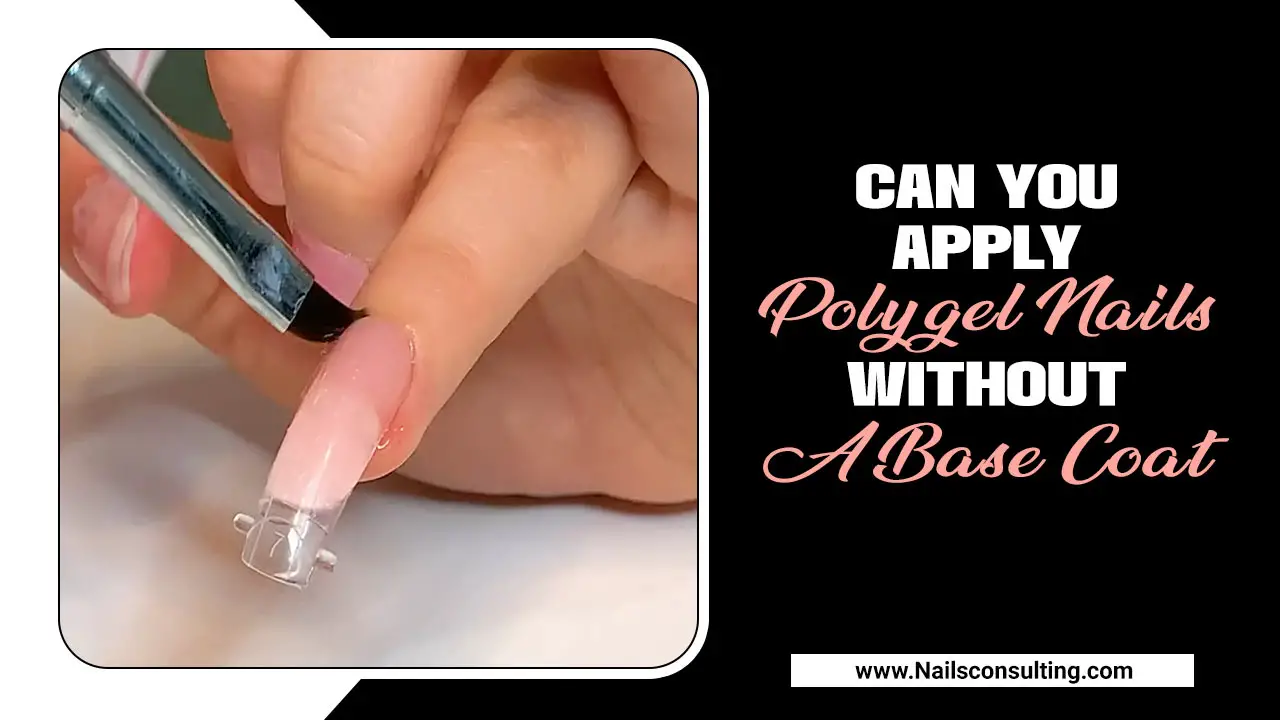Nail styling has become an essential part of self-care and beauty routines for many individuals. With the rise of innovative nail techniques, such as polygel, achieving flawless and durable nails can be easily achieved at home.
However, using proper tools and techniques is crucial for a successful polygel application. we will discuss what to use instead of nail clips for polygel, the basics of polygel nails, and why nail clips are used in their application.
We will also go through 5 alternatives to nail clips, including nail forms, custom-made nail guards, finger cots and rubber bands, polygel brush or spatula tool, and sculpting with a nail brush. You’ll also find expert tips on using these alternatives to get the best results.
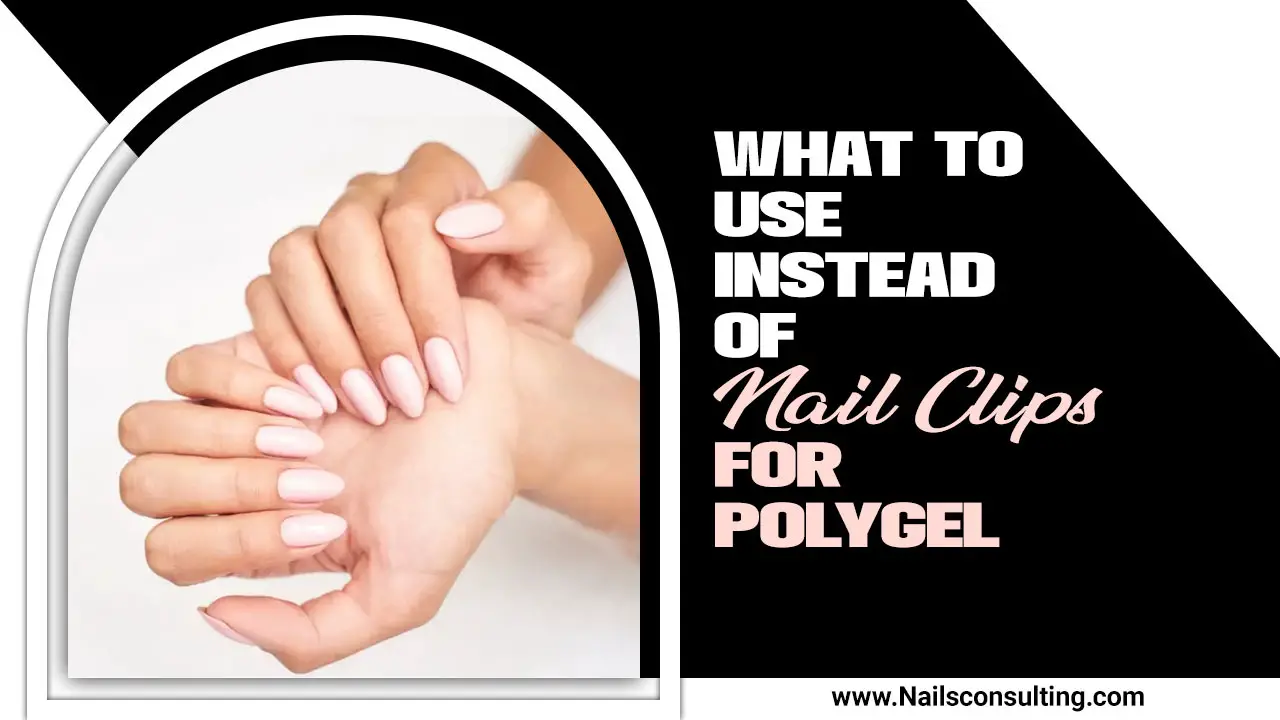
The Basics Of Polygel Nails
Polygel nails have gained immense popularity as a desirable alternative to traditional acrylic and gel nails. Combining the best qualities of both, polygel offers durability and flexibility. The application process involves using a slip solution to shape and cure the polygel, resulting in beautiful and long-lasting nail enhancements or extensions.
With proper care and maintenance, polygel nails can easily last for weeks, making them a preferred choice for those who want to up their nail game. Moreover, polygel nails can be easily shaped and filed to achieve the desired look.
With numerous alternatives available to traditional nail clips, beginners and salon professionals alike can embrace the precision of polygel application without the need for additional accessories like nail forms, custom-made nail guards, finger cots, rubber bands, polygel brushes, or spatula tools.
Why are Nail Clips Used in Polygel Application?
Nail clips are commonly handy in polygel application to hold the gel in place while it cures under a UV or LED lamp. The clips help to create a tight seal around the nail, ensuring that the gel stays in place and adheres properly to the natural nail. They also help to prevent any lifting or peeling of the gel during the curing process.
By using nail clips, technicians can achieve a more precise and professional-looking result. However, if you don’t have nail clips on hand or prefer not to use them, there are alternative methods that can be handy to achieve similar results.
Some people opt for using small pieces of aluminum foil or cotton pads soaked in acetone to wrap around the nails and hold the gel in place while it cures. Ultimately, the choice of whether or not to use nail clips is up to personal preference and what works best for each individual’s specific application technique.
What To Use Instead Of Nail Clips For Polygel: Top 5 Method
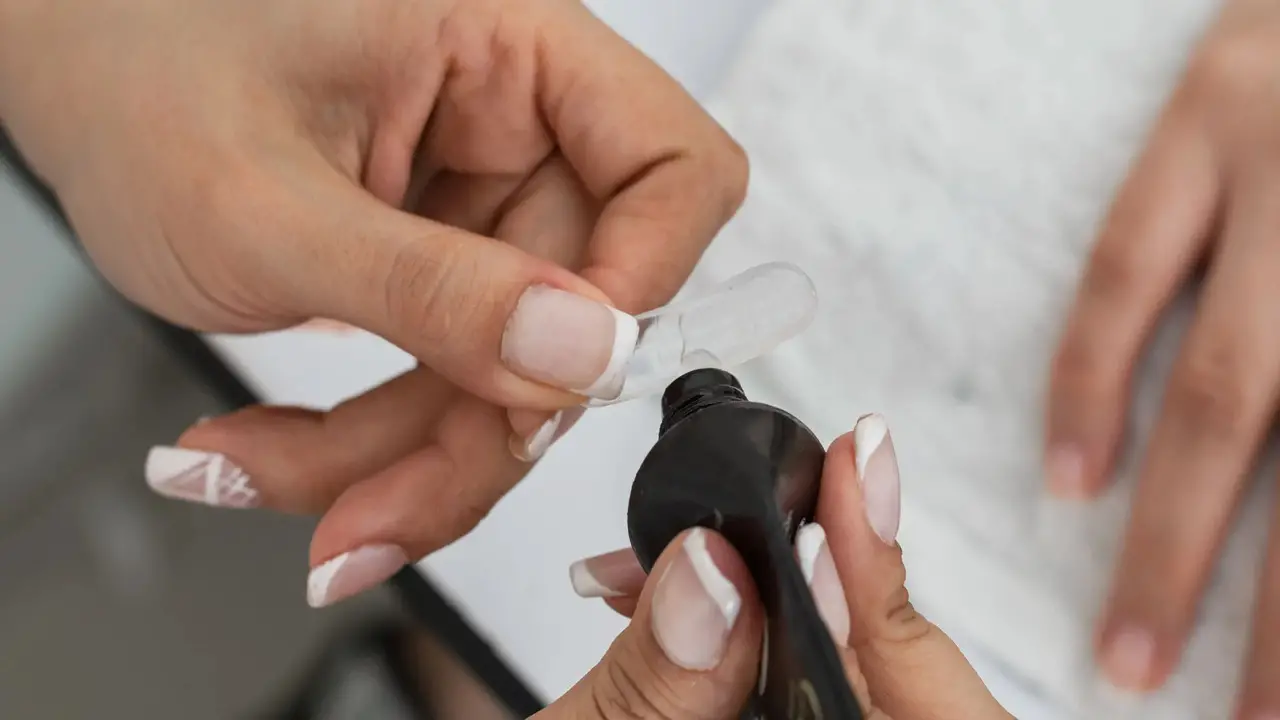
If you don’t have nail clips on hand for your polygel application, don’t worry! There are alternative methods that can be just as effective. Polygel, a popular alternative to acrylic nails, requires a different approach when it comes to shaping and trimming.
Instead of using traditional nail clips, which may be too harsh on the polygel, it is recommended to use a fine-grit file or an electric nail drill with a gentle sanding attachment. Remember, whichever method you choose, make sure to follow proper application techniques and give your nails enough time to fully cure before removing any clips or wraps. Here are the top 5 methods on what to use instead of nail clips for polygel.
1:Nail Forms And Dual Forms
Nail forms and dual forms serve as versatile alternatives to nail clips in polygel application. They offer a sturdy foundation for applying polygel, allowing for customizable nail shapes and lengths. Nail forms are particularly useful for creating unique and personalized designs, while dual forms come with pre-formed shapes that can be conveniently filled with polygel.
Both options provide a secure hold during the curing process and can be easily removed afterwards. With their flexibility and ease of use, nail forms and dual forms are valuable tools in the nail game, offering precision and convenience for beginners and salon professionals alike.
2:Custom-Made Nail Guards
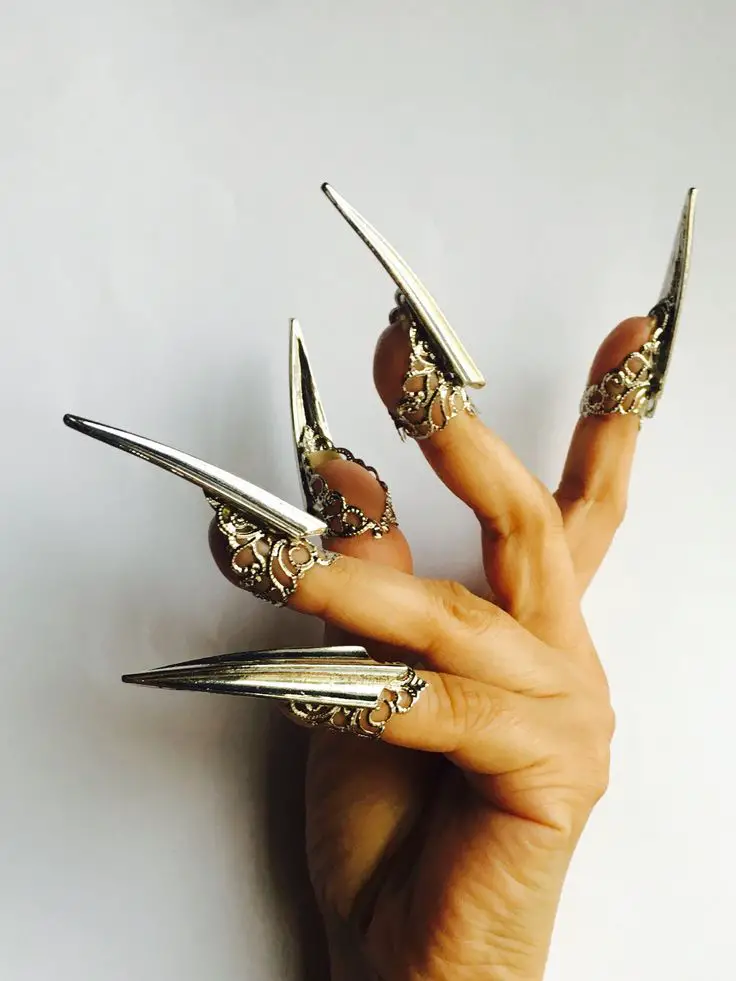
Custom-made nail guards are a convenient option for polygel application. These nail guards have specific designs to provide support and protection during the curing process. What sets them apart is their ability to be customized according to individual nail shapes and sizes. Made from high-quality plastic, they offer a comfortable alternative to nail clips.
Additionally, these nail guards are reusable and easy to clean and disinfect, making them a cost-effective and hygienic choice for artificial nail art enthusiasts. With custom-made nail guards, you can elevate your nail game and achieve salon-quality results with precision and ease.
3:Finger Cots And Rubber Bands
Finger cots and rubber bands offer accessible alternatives to nail clips when applying polygel. By placing finger cots over the fingertips, you can securely hold the polygel in place during the application process. For a firm grip, wrapping rubber bands around the fingers provides stability.
These options are both cost-effective and easy to find, making them suitable for anyone looking for numerous alternatives to nail clips. Moreover, finger cots and rubber bands can be adjusted to ensure a snug fit. Enhance your nail game with these convenient options that don’t require any additional accessories or salon visits. Precision and cleanliness are at your fingertips, even if you’re a beginner.
4:Polygel Brush Or Spatula Tool
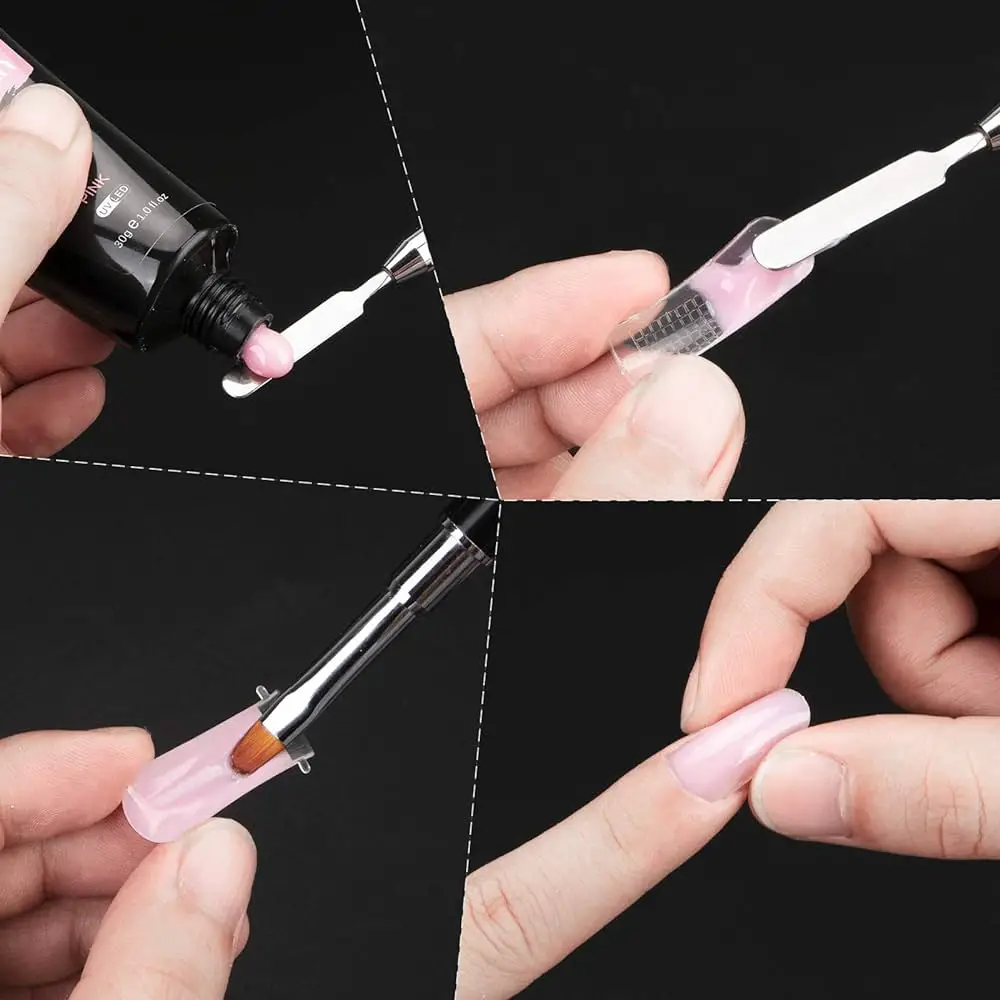
A polygel brush or spatula tool is a versatile accessory that plays a crucial role in the application of polygel. This tool allows for precise placement and shaping of the polygel, eliminating the need for nail clips. With its flexibility and control, the brush/spatula tool ensures that the polygel adheres properly to the natural nail.
It is a valuable addition to any nail artist’s toolkit, offering a seamless application process. By using this tool, you can sculpt the polygel to perfection, achieving the desired nail shape and length. The polygel brush or spatula tool truly elevates your nail game, providing a professional finish.
5:Sculpting With Nail Brush
Sculpting with a nail brush is a technique that offers an alternative to using nail clips for polygel application. Instead of relying on clips, this method involves directly applying and shaping the polygel with a nail brush. It gives you more control and allows for customization, resulting in a natural-looking nail shape.
However, sculpting with a nail brush requires a steady hand and practice to achieve the desired results. By mastering this technique, you can create beautiful poly gel nails without the need for nail clips. Remember to clean your brushes properly and use high-quality plastic or artificial nail art accessories for precision.
Expert Tips For Using Alternatives To Nail Clips
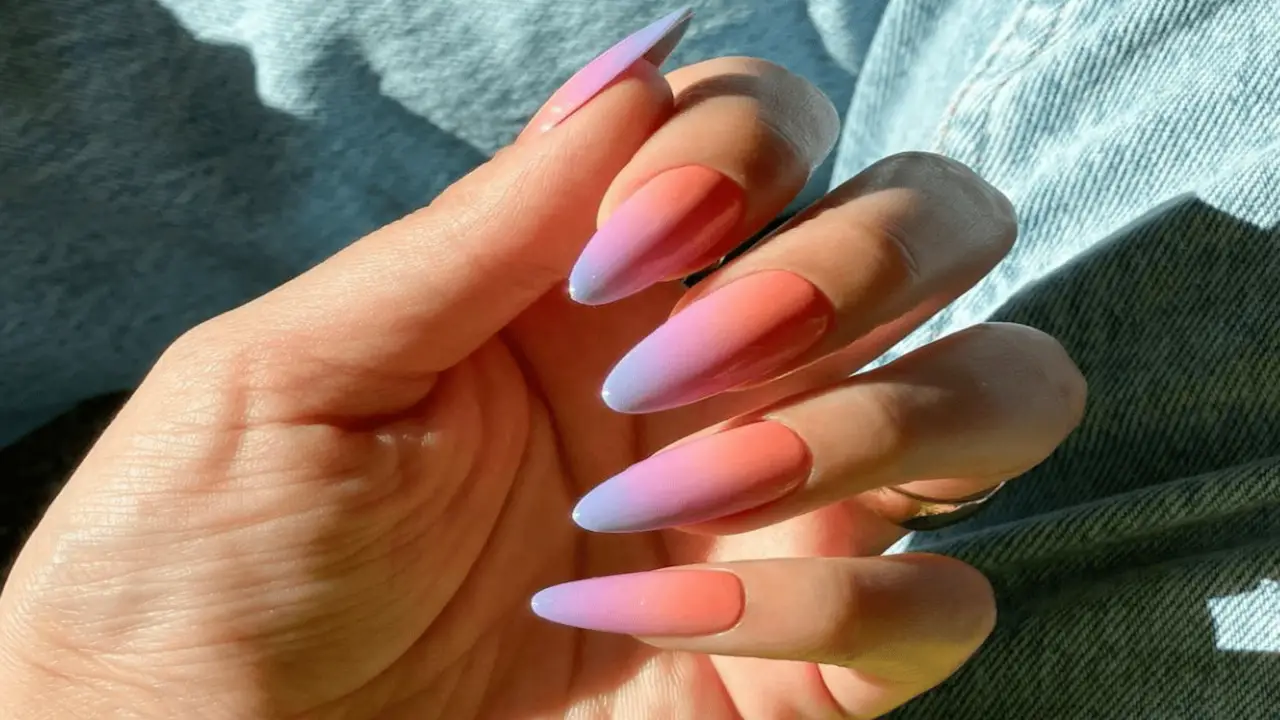
Regarding applying polygel nails, nail clips can be a useful tool for keeping the gel in place while it cures. However, if you don’t have nail clips on hand, there are several alternatives that you can use. Here are some expert tips for using alternatives to nail clips:
- Rubber bands: Secure rubber bands tightly around your fingers to hold the polygel in place while it cures. Make sure the bands are snug but not too tight to avoid cutting off circulation.
- Hair clips: Use hair clips to gently secure the edges of the polygel onto your natural nail. This will help hold it in place while it sets.
- Clothespins: Adjust the width of a clothespin so that it fits comfortably around your finger. Use it to gently hold the polygel in place until it hardens.
- Dental floss or string: Wrap dental floss or string tightly around your finger, just above the polygel, and tie it securely. This makeshift clamp will keep the gel in position as it cures.
Remember, these alternatives may not provide as much stability as nail clips, so be extra careful when handling your hands and avoid putting excessive pressure on the curing gel.
Preparing And Maintaining Nail Health
Regarding preparing and maintaining nail health for polygel application, there are alternative tools that can be handy instead of traditional nail clips. One option is using a nail file to shape and shorten the nails gently. This allows for a more precise and controlled approach, ensuring that the nails are properly prepped for the polygel application.
Additionally, an electric nail drill can also be handy to remove any excess length or rough edges. However, it is important to use caution and follow proper safety guidelines when using an electric nail drill to avoid damage to the natural nail bed. By using these alternative tools, you can effectively prepare and maintain nail health while achieving beautiful polygel nails.
Mastering Polygel Application
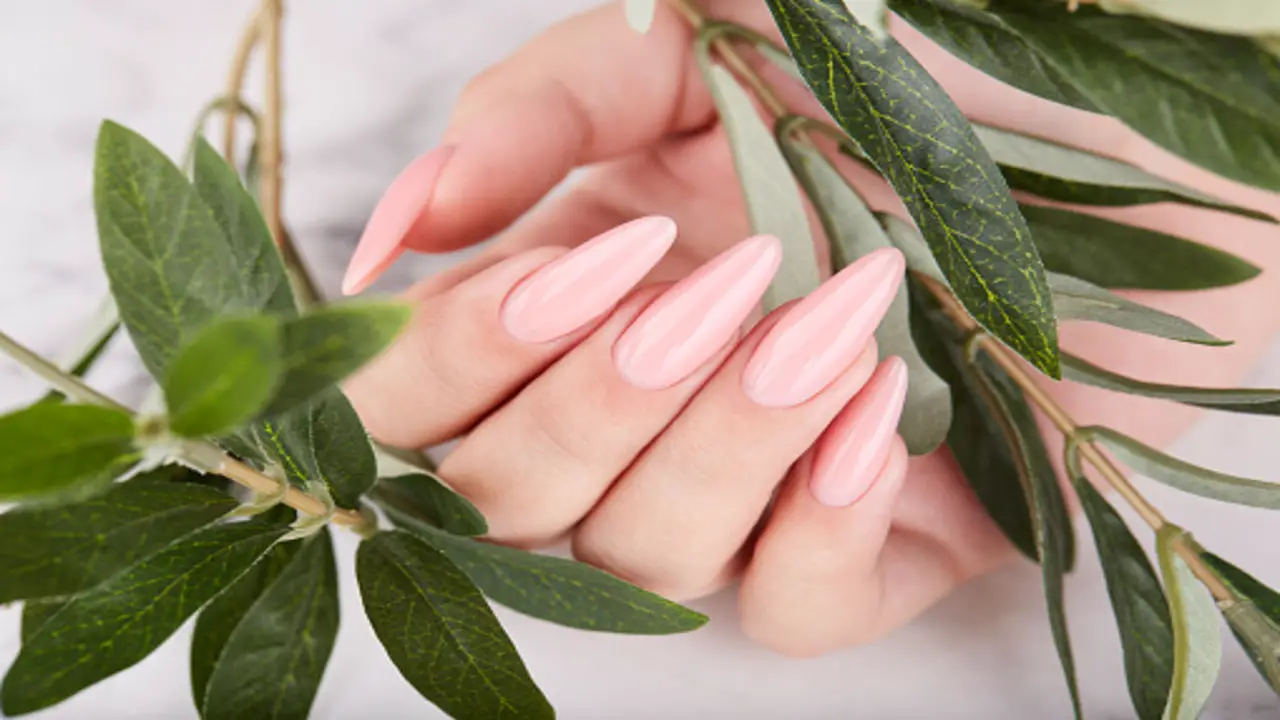
Achieve flawless shapes and lengths with polygel nails, allowing you to showcase stunning nail art alongside your gel polish. Seal the deal by applying a top coat that will keep your nails looking glossy and beautiful for an extended period. For a smooth and easy application process, make sure to use slip solution.
Remember, professional nail technicians highly recommend polygel as it provides natural-looking enhancements that are sure to up your nail game. With numerous alternatives available, including resin, glue, and various accessories, anyone can become a master of polygel application.
Maintenance And Aftercare
Regarding maintaining and caring for your polygel nails, there are a few alternatives to nail clips that you can use. Remember, proper aftercare is important for maintaining the health of your natural nails. After removing the polygel, give your nails a break and keep them moisturized with cuticle oil or nail serum. Here are some options to consider:
- Foil Wraps: Foil wraps can be handy to soak off the polygel nails. Apply acetone-soaked cotton pads onto your nails, then wrap them in foil to keep the acetone in contact with the nails. This method helps to break down the polygel and make it easier to remove.
- Soaking Bowl: Another option is to use a soaking bowl filled with acetone. Place your fingers in the bowl and let them soak for about 15-20 minutes. This will help soften the polygel so that it can be gently pushed off with an orangewood stick or a cuticle pusher.
- Electric File: If you’re comfortable using an electric file, you can also use it to file down the polygel nails. Be sure to use a low speed and a gentle touch to avoid damaging your natural nails.
What Is Good For Weak, Brittle Nails?
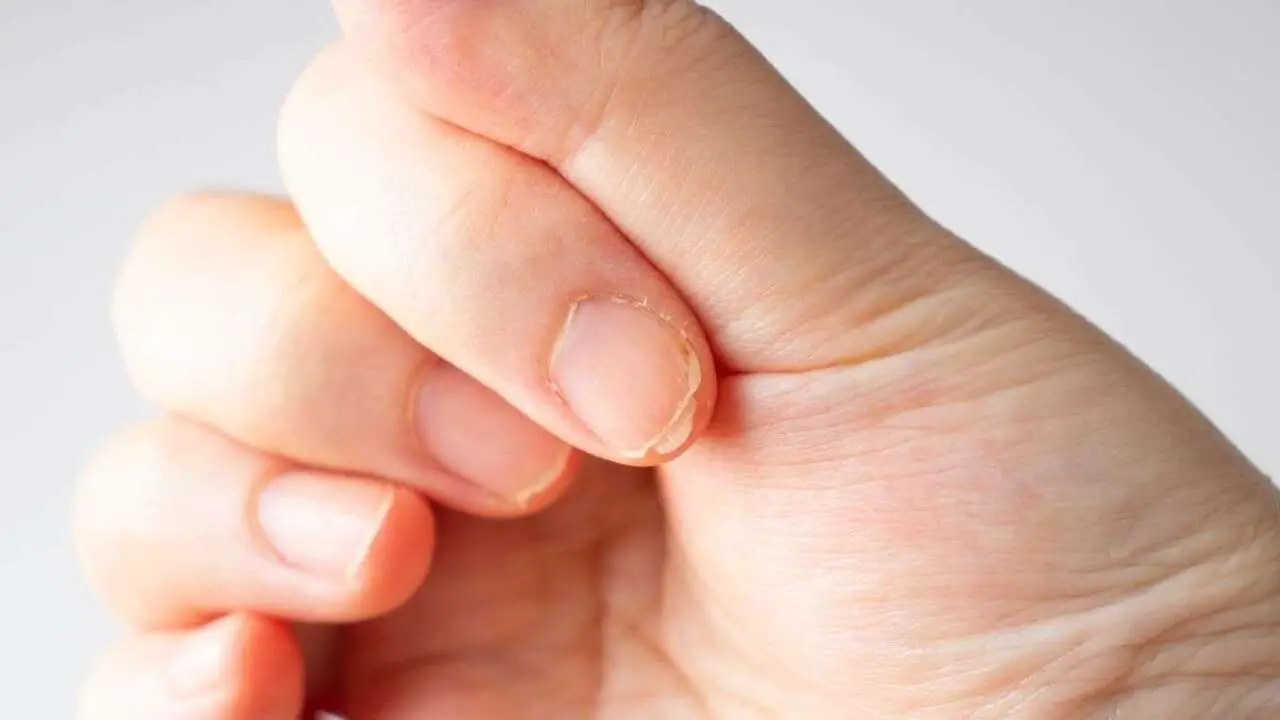
If you have weak and brittle nails, it’s important to find alternatives to traditional nail clips when applying polygel. Nail clips can put additional stress on already fragile nails and may cause further damage. Instead, consider using a gentle file or buffer to shape and prep your nails before applying polygel.
You can also try using nail forms or tips to create length and structure without the need for clips. Additionally, incorporating nail strengthening treatments and oils into your nail care routine can help improve the strength and health of your nails over time. By avoiding nail clips and opting for more gentle techniques, you can protect your weak and brittle nails while still achieving beautiful polygel manicures.
Conclusion
It is important to explore and experiment with different methods to find what works best for you when it comes to applying polygel nails. Nail clips are commonly handy, but there are alternative methods that can be just as effective.
Whether you choose to use nail forms and dual forms, custom-made nail guards, finger cots and rubber bands, a polygel brush or spatula tool, or sculpting with a nail brush, it’s all about finding the technique that gives you the desired results.
Remember to take expert tips into consideration, prioritize nail health, and practice proper maintenance and aftercare for long-lasting and beautiful polygel nails. We hope you know what to use instead of nail clips for polygel.
Frequently Asked Questions
1.How Do You Use Polygel Without Nail Tips?
Ans: To use Polygel without nail tips, start by applying a base coat to your natural nails. Then, shape a small amount of Polygel onto your nail using a brush or spatula. Cure the Polygel with a UV lamp and finish by filing, shaping, and applying a topcoat for durability.
2.What Can I Use To Move Polygel?
Ans: To move Polygel effectively, you have a few options. A Polygel brush allows for precise shaping and application. An orange stick or toothpick can be handy to manipulate the gel. Alternatively, a small spatula or scraper tool works well. There are also silicone tools designed specifically for working with Polygel.
3.Can You Use Any Tips For Polygel?
Ans: Polygel can be applied with various nail tips, such as clear or natural tips and sculpting forms. It’s important to choose tips that match the shape of your nails for a natural look. Prep your nails properly before applying Polygel with any tip type, and experiment to find the best fit for you.
4.What Can I Use Instead Of Slip Solution For Polygel Nails?
Ans: Instead of a slip solution for Polygel nails, you can try using rubbing alcohol or nail cleanser. Another option is to mix a small amount of water with dish soap to create a DIY slip solution. Some nail technicians also suggest using acetone and a lint-free wipe as an alternative.
5.What Can I Use For Polygel Nails?
Ans: Polygel nails typically require a few key products: a polygel kit containing the polygel itself, a nail file, a brush, a slip solution or alcohol, and a UV or LED lamp for curing the nails. Additionally, you may need a base coat, top coat, and gel polish for added durability and color.

